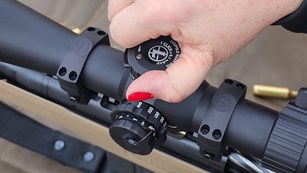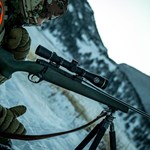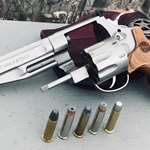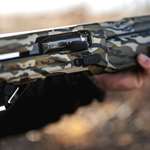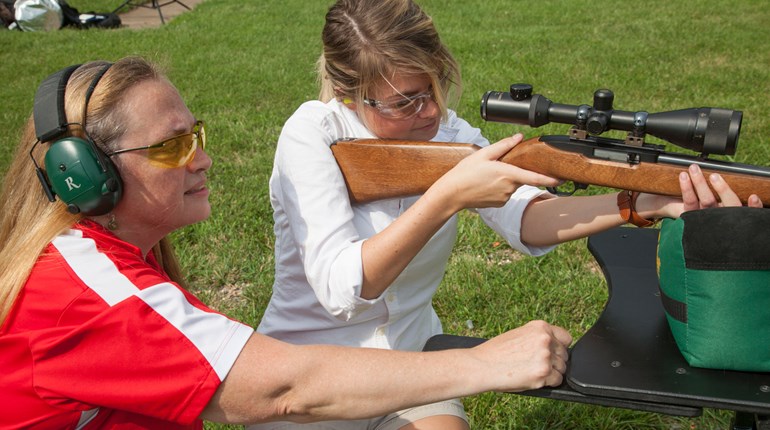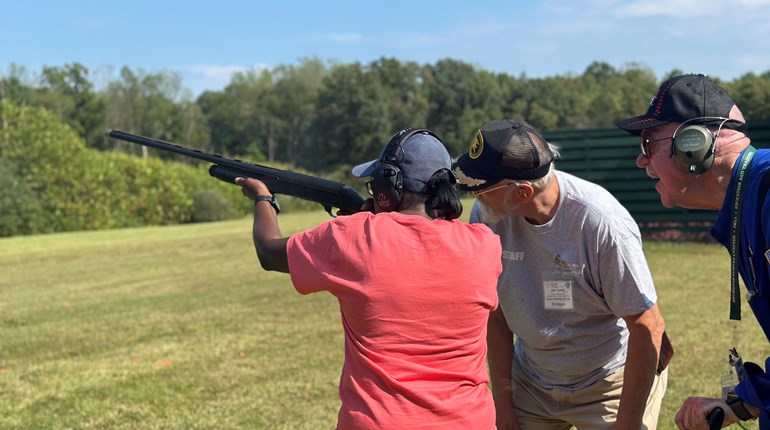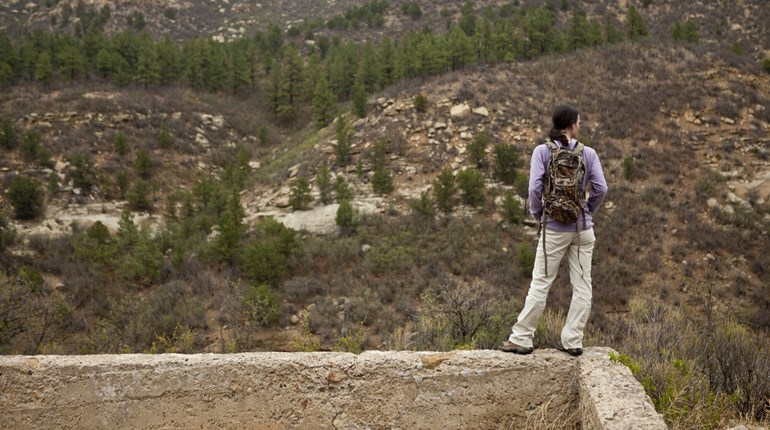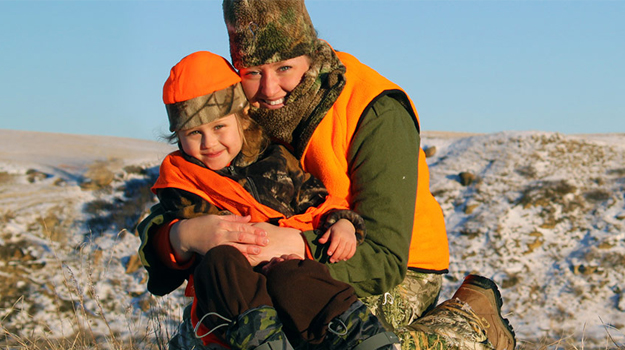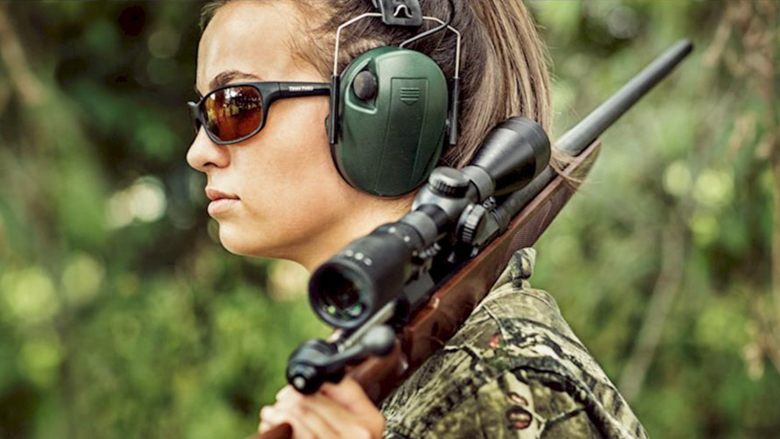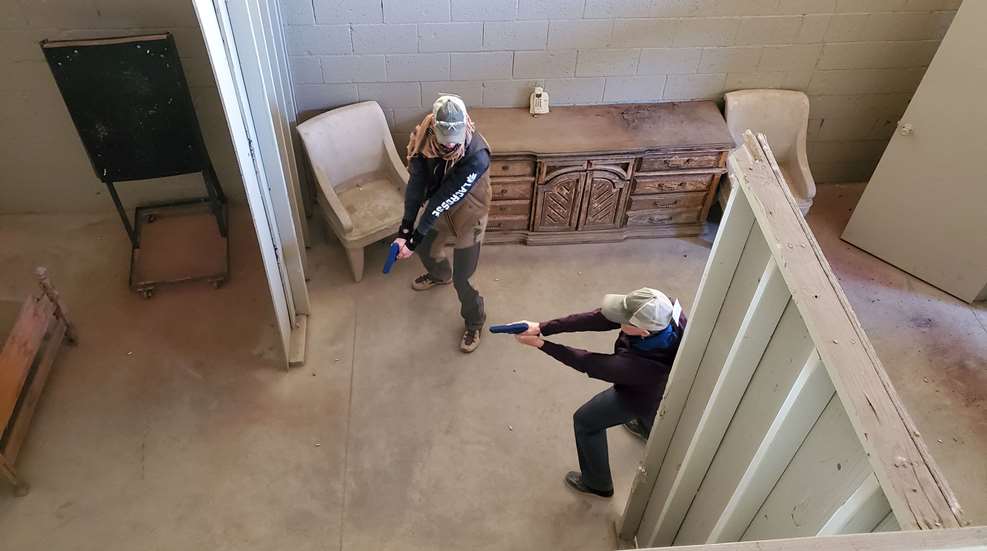
The first rule of clearing a house is DON’T CLEAR A HOUSE unless you absolutely have to. This is a job for the police, preferably a whole team of them, not an individual civilian. That said, if you’re ever forced to clear a building by yourself—perhaps your kids are in the house, or you’re trying to get your family out of the building safely without running into the burglar you know has broken in—two of the most dangerous obstacles you’ll encounter are doors and corners.
Remember that you clearing a building is all about getting to safety or getting to another innocent person who you will then escort to safety or hunker down and protect. You are not a Navy SEAL seeking out bad guys—you’re on defense, not offense. You are hoping not to run into any bad guys, but you’re prepared to handle them if you must. Clearing a building or even a room by yourself is an incredibly high-stakes procedure. You’ll have to balance speed with cautious decision-making, try to keep a clear head, and follow these tips when you approach doors and corners.
Why They’re Dangerous: Doors and corners are so dangerous because they create blind spots. A bad guy could be hiding just far enough down the same wall of the door that you will have a hard time seeing him until you’re in the room. Similarly, if you’re in a hallway that takes a hard left turn, or worse, is shaped like a T, you will have a difficult time seeing if danger is lurking just beyond the bend.
Use Concealment: Assuming this is your home we’re talking about, there’s very little in it that will actually stop bullets. You’re not likely to have cover, so concealment is the next best thing. You want to keep yourself hidden as much as possible. This is why hallways and doorways are called “the fatal funnel,” because there’s nowhere to hide. Do not linger in them.

To Open or Not to Open: If you approach a closed door, decide if you need to clear that room or not. This will depend entirely on what your goal is and on the context of the situation. If you do need to open a closed door, when you push the door open, immediately back up and orient yourself toward one of the corners, following the “slice the pie” steps we’ll get to in a second. Be sure to push the door open hard enough that it swings all the way open, but not so hard that it bounces back shut again.
Stand Back: When you approach a doorway or a corner, the last thing you want to do is walk right up to it. For one thing, this limits your ability to see into the room or around the corner. For another thing, if a bad guy is lurking just on the other side, if you position yourself right up against the door or corner, you could put yourself inside his attack range, and you haven’t given yourself any room to work with. Stay back several feet from the corner or door.
Look With the Gun: Where your eyes go, the gun goes. Depending on the situation, you might not want to have a rifle fully mounted and pointed ahead of you, but you can keep it at a low ready or high ready position so that you can mount it and shoot very quickly if the need arises. If you have a handgun, keep it drawn into your chest up high so that it’s very fast to bring to a shooting position. What you don’t want to do is lean your head around a corner, see a bad guy and then have to fumble your gun around the corner, too (another reason we don’t get too close to doors and corners). The other thing you don’t want to do is let the gun telegraph your position. Keep it as tight to your body as you can, in a ready or retention position, but still moving where you move and looking where you look. Don’t poke your muzzle into a room where a bad guy can grab it before you’ve entered the room yourself.

Slice the Pie: Stay back as far from the door or corner as you safely can, and imagine the door as the center of a pie. Start to edge your way around the edges of the pie by taking small steps to the side so that you can see as far around the corner or into the room as you’re able. Move in a half-circle, slowly, leaning your torso slightly so your entire body isn’t exposed. With each step, you’ll see another little slice of the room. You can do this in both directions until you’ve seen as far into the room or around the corner as possible. You won’t be able to see everything, which is pretty terrifying. At that point…
Identify the Next Danger Zones: Hopefully you’ve seen enough of the room you have to enter to have identified any doors or corners you’ll have to clear once you get in there. Make a mental checklist of those and decide which presents the greatest danger so you know what to clear first. Certainly there will be at least one corner of the room you haven’t been able to see at all, and that’s where you’ll be looking first when you enter.
Go In Fast: Once you have seen as much of a room as you think is possible, you have to commit to going in. You cannot do this slowly, as you don’t know what’s hiding in the unseen corners. Get ready and then burst into the room quickly. Do not stand in the doorway, but rather, immediately move in to the left or the right and address the corner you couldn’t see when you sliced the pie. If there is more than one of these blind spots, which is likely, you have to just pick one and pray for the best. Remember to move the gun where you are looking—don’t orient yourself at the left corner and then crank your neck around to see what’s in the right corner, leaving the gun pointed toward the left. Every action hero in the movies does this, and you’ll be very tempted to do the same, but you have to train that impulse out. Clear the blindest corner first, as quickly as you can, and then turn your entire body to the next corner. Don’t forget you must also clear around obstacles, like furniture that you can’t see behind.
Repeat: You’ll have to clear each corner and doorway in the new room or hallway you’ve entered, including closets. Remember to pie every angle and stand back far enough that you can get a good vantage point without positioning yourself too close to any potential unseen threat. Understand that depending on your goal, you might not have to enter every room you pass—but a room will not be fully cleared unless you do.
Again, Don’t Do It: Just to reiterate, clearing a home by yourself is an incredibly dangerous endeavor that you should never undertake unless you have no other option. Even doing it with a teammate is fraught with peril and should be avoided if possible. Though it’s unlikely you’ll ever have to do this, it certainly doesn’t hurt to do some training in room-clearing just to get used to the adrenaline and give yourself some practice making these high-stakes decisions. Shoot houses like those at Gunsite Academy can help you train in this kind of environment and give you a little practice pieing corners and entering rooms.
